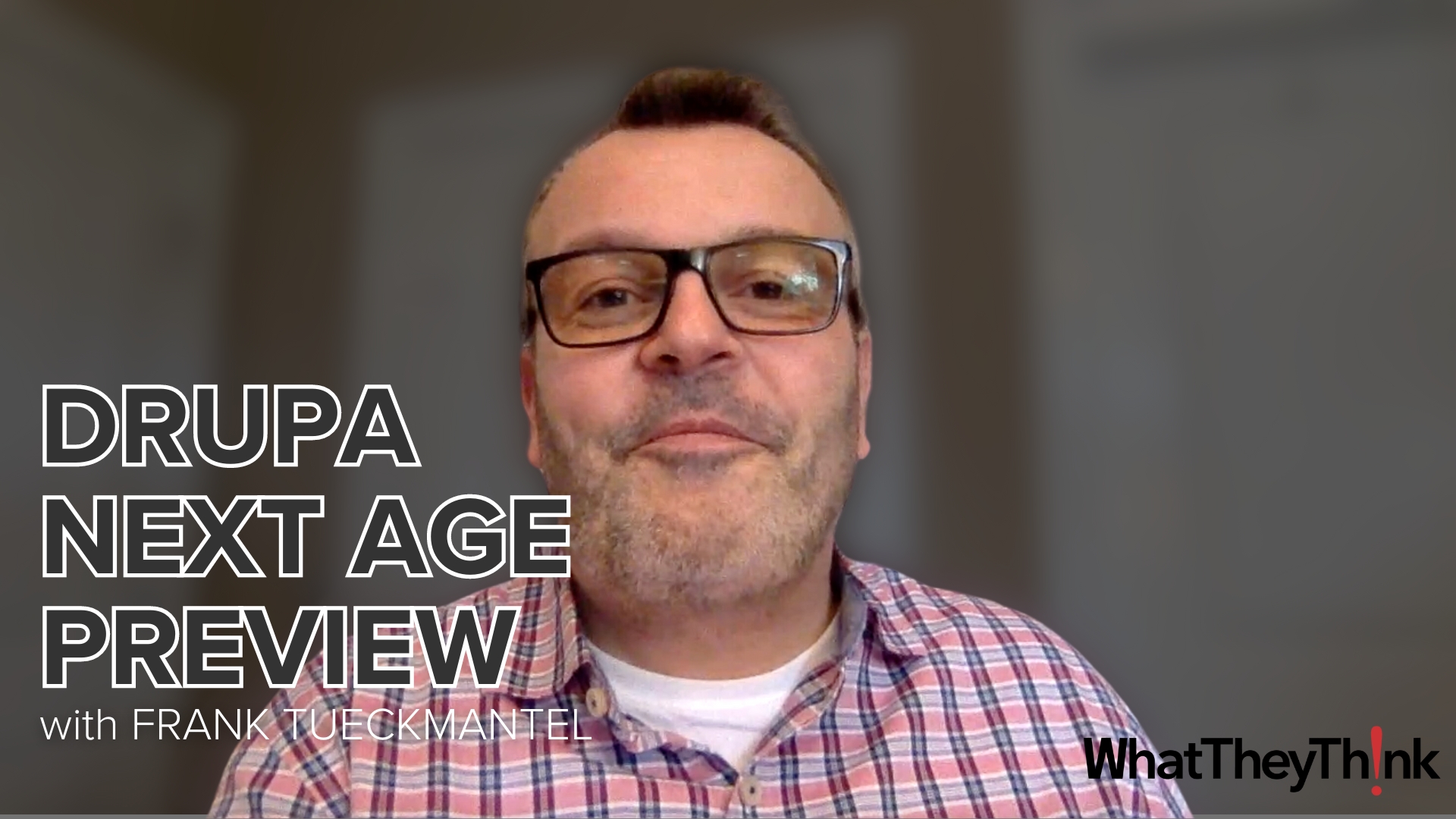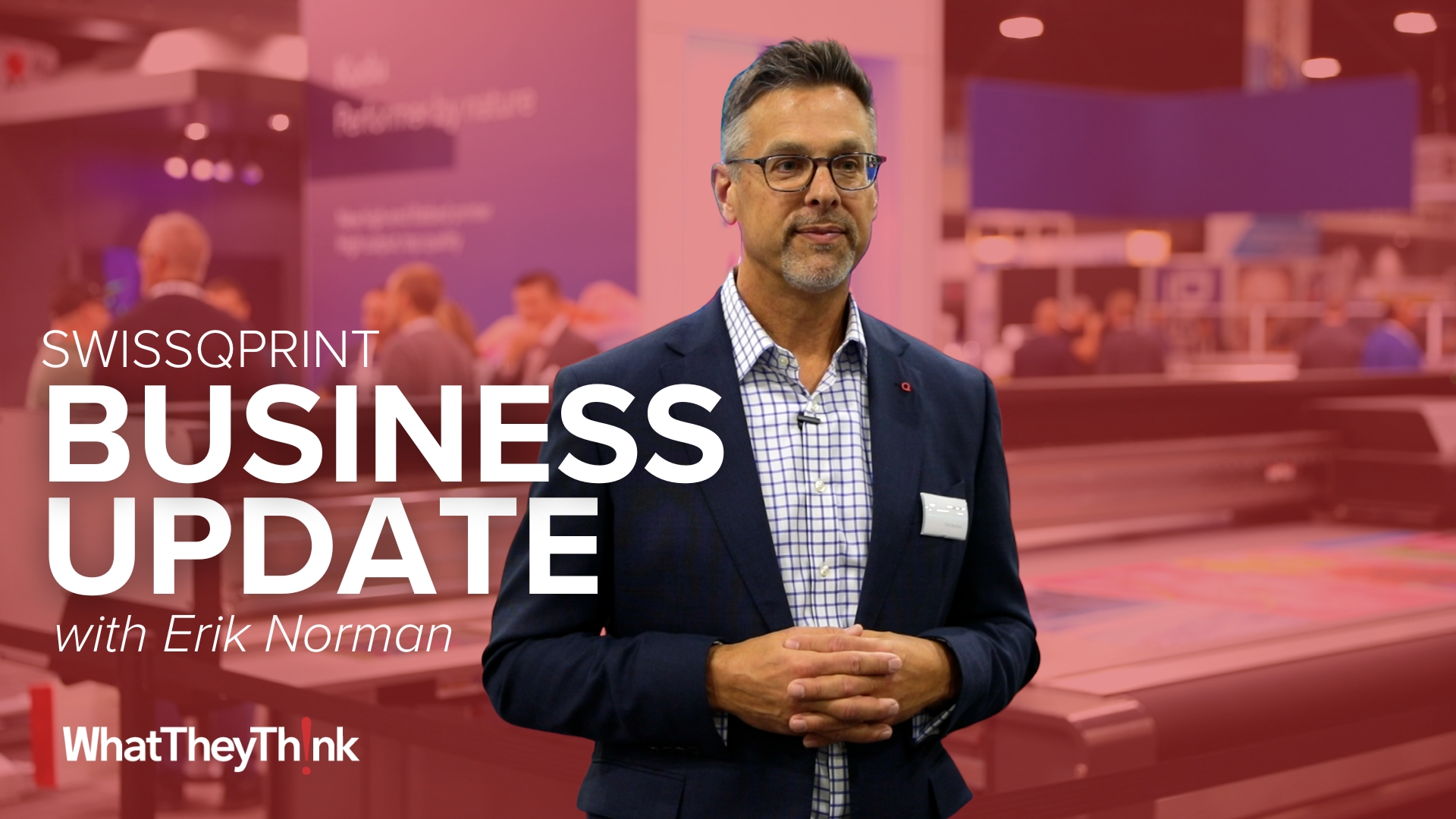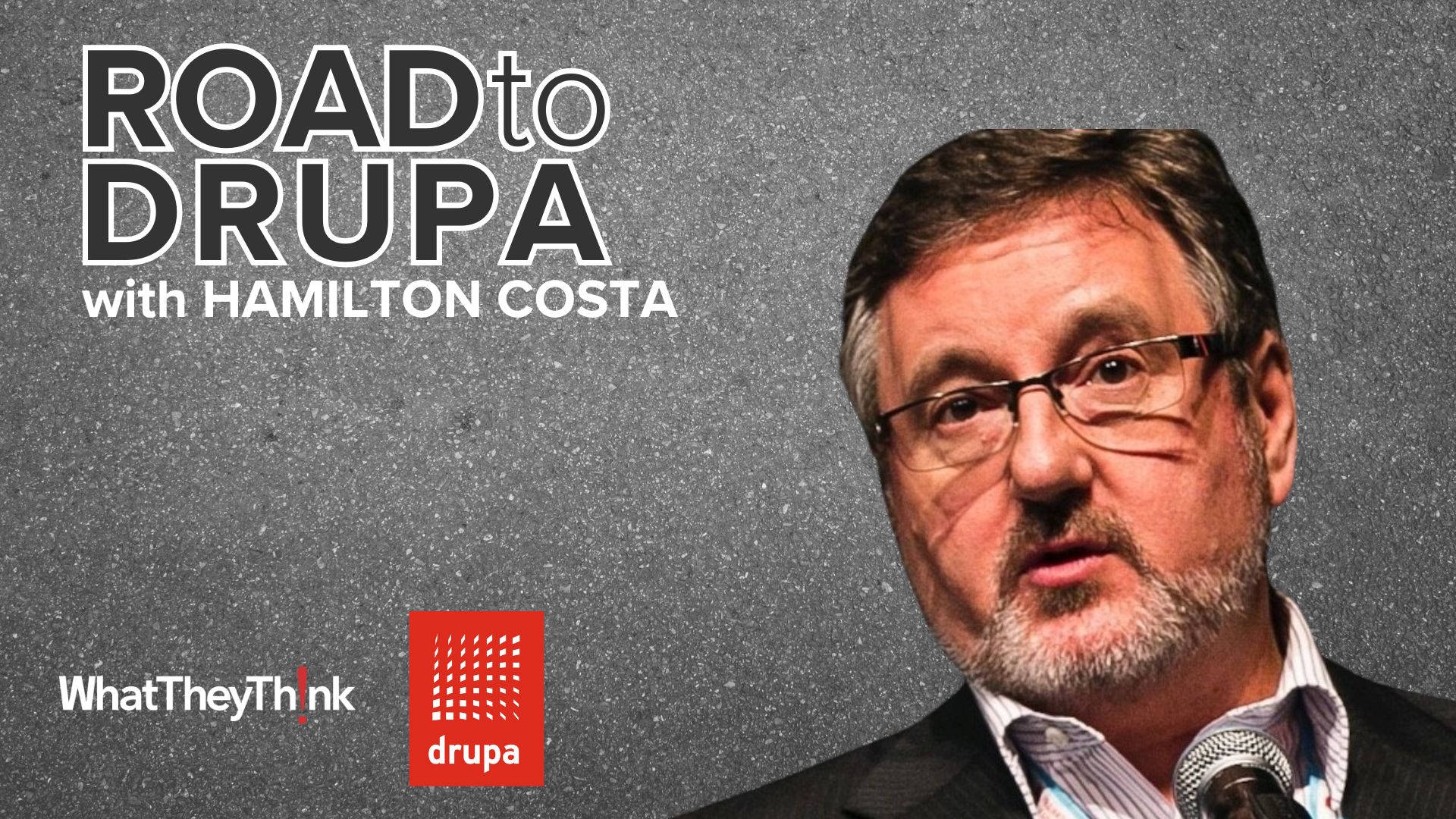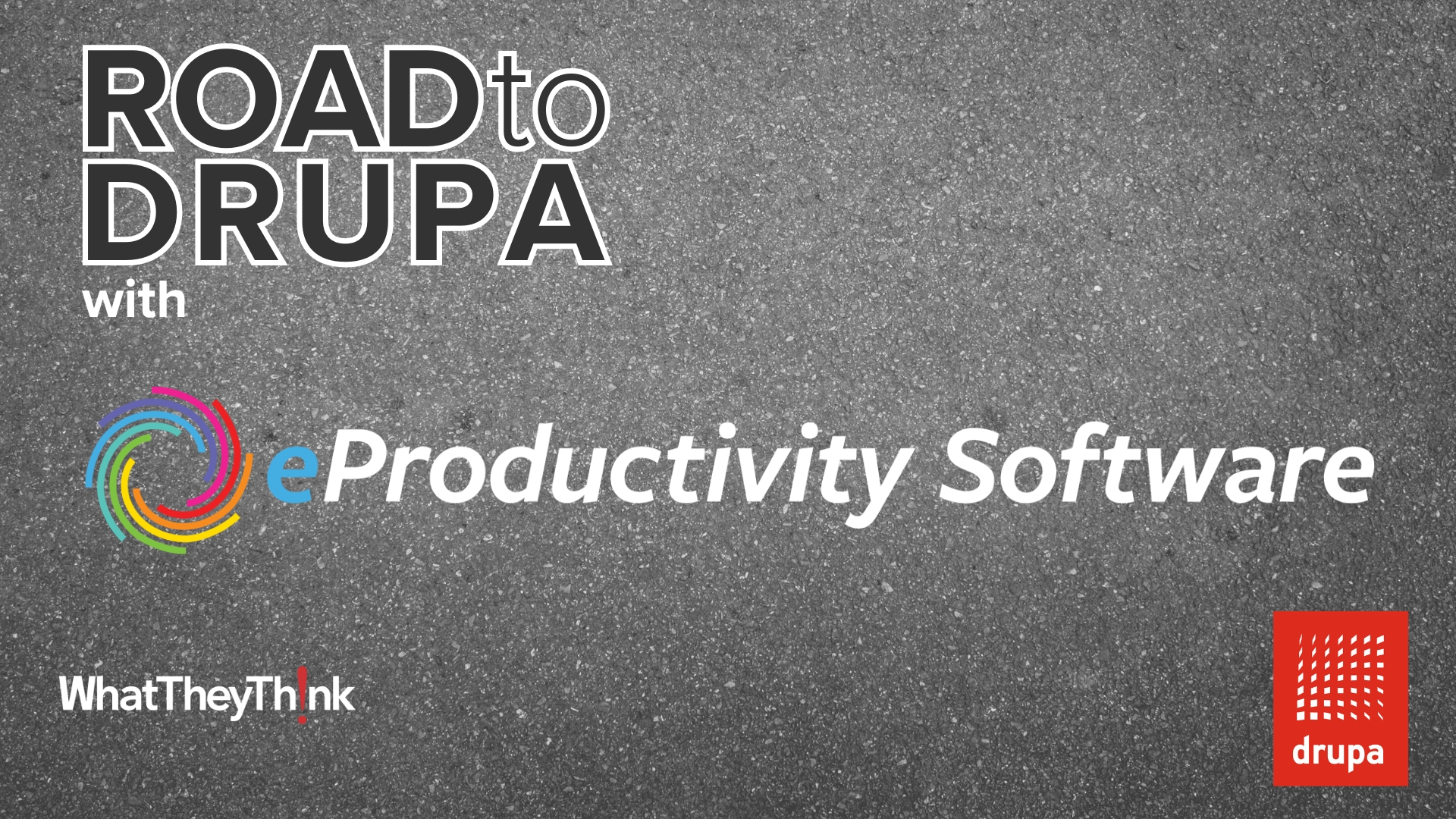EXCLUSIVE: The Rising Cost of Consumables: Comments from Agfa, Enovation, Kodak
Press release from the issuing company
December 16, 2005 -- (WhatTheyThink.com, By Cary Sherburne) -- In mid-November, Agfa Graphic Systems informed its dealers that it would be increasing consumable product pricing in two phases beginning with a list and low net increase to be effective November 14, 2005, followed by a contract /special priced account increase to be effective February 1, 2006. Agfa cited the rising costs of energy, transportation and raw materials as the driving factor behind the increase. Prices for selected film, paper, plate and chemistry products were scheduled to increase 6% to 10% with an average of 7%.
Then on Friday, December 9th, Enovation Graphics also announced a price increase for North America, with CTP products rising an average of 5% and conventional film, plates and other materials rising by an average of 9%. Enovation is providing its customers with a three-week notification to enable them to stock up at current prices should they choose to do so. According to Enovation’s Steve Bennett, this is the first time the company has provided this type of advance notification.
With the printing industry already under pressure and many print service providers struggling to maintain profitable margins, these price increases are likely to add additional stress to the financial picture for many printers. According to WhatTheyThink’s weekly economic columnist, Dr. Joe Webb, printing shipments in the U.S. for 2005 are likely to decline 4% to 5% compared to 2004, and the gap continues to widen between profit leaders and the rest of the pack.
WhatTheyThink spoke with representatives of the consumables “Big Three,” Agfa, Enovation Graphics and Kodak, to gain more insight into the reasons for price increases by Agfa and Enovation and to understand where Kodak stands on this issue. We also queried them about their advice to printers in light of these increases and other rising costs they are facing.
Agfa Graphic Systems
Agfa took a unique approach in announcing its price increases. The company developed a tri-fold brochure for use by its dealer network in explaining its position. Titled “Sharing Challenges with You in an Evolving Economic Environment,” the piece does a nice job of explaining the factors behind the rising cost of raw materials, including metals, as well as energy-related costs, including transportation, packaging, manufacturing and labor-related costs. In addition to incorporating charts reflecting what is happening in the marketplace, the brochure states, “Until now, Agfa has managed to absorb the substantial cost increases in an effort to protect its customers from the negative effects of these global developments. Unfortunately, due to the continued increase in costs, it was inevitable that we’ve adjusted our pricing to our customers.”
Susan Wittner, Agfa’s Director of Marketing for Graphic Systems, said, “We know there are pressures down the value chain. But for us to continue to invest in R&D and provide the value-add that our customers look for from Agfa, we had to pass along some of the costs. We hope that the brochure will get our customers thinking about their own businesses and what they have to do in this area. The simple fact of the matter is that times are tough. Nonetheless, Agfa put a lot of thought and work into this decision, and we don’t take raising prices lightly.” Wittner pointed out that while the increases discussed in the brochure specifically apply to the U.S., there have been similar increases in other parts of the world as well.
When we spoke, Wittner was on her way home from attending Print Outlook where, she says, she was disappointed with the attendance, particularly from the vendor community, which was at an all-time low, although she reported that it was one of the better such sessions she has attended. “The customers that participated on the panels were progressive business people who no longer call themselves printers,” added Wittner. “They call themselves communications companies or marketing services companies, and they explained how they are embraced by their clients the more they get directly involved in their clients’ businesses. We as vendors will be embraced to the extent we can help our customers to change their businesses and that’s been our direction at Agfa.”
According to Wittner, there was one panel discussion at the event where the customer companies discussed price sensitivity. She said, “The panel indicated that the more they can tie themselves into working with a customer on data and databases or being a marketing services company, the less price sensitivity there is and the higher the switching costs for the client. And according to some of the agency attendees, at the end of the day, if you can ROI a project, people are less worried about the cost per piece than they are about the results they achieved. That is good news for the progressive printer. If you approach customers by saying, ‘This is how much I charge per sheet,’ you will not be able to reap these benefits. But if you can help them solve a problem and demonstrate a return on investment on their marketing dollars, they are not going to quibble as much about price.”
Her advice? “If ROI is terribly important to marketers, everything should be ROI based, thus moving away from what a piece costs. If they just want a million postcards, they can get that done anywhere. With value added services, you change the game.”
Enovation Graphics
Steve Bennett, Enovation's Vice President of Product Marketing and Communications, informed WhatTheyThink that the company had been considering for some time what to do about escalating costs. He says, “This is a step that has to be carefully considered, because the market is still oversupplied. Although any pricing decision we make is an independent business decision, competitive impact is certainly taken into consideration. Like commercial printers, we are feeling margin pressure every day from increases in the costs of material, energy and transportation. On top of that, we are under pressure from technology change.” Bennett points out that every sale of a CTP device delivers about 30% less revenue than the sale of a comparable analog device.
Bennett also remarked that part of the reason for escalating costs in the aluminum required to manufacturing printing plates can be attributed to the fact that aluminum requires more energy to produce than any other metal. The cost of energy, he says, to refine the product is about 30% of the production cost, and this it is particularly impacted by increased costs of oil and gas.
In explaining the variance in price increases for analog (average 9%) versus digital (average 5%) consumables, Bennett says, “Analog film and color proofing volumes have dropped dramatically, and manufacturers simply can’t achieve the efficiencies anymore. NPES reports that conventional film volumes are dropping at over 25% per year. The CTP area is growing, but is also under price pressure with achieved price per square foot having eroded over the last three to five years. And the chemicals are very heavy and will incur increases because of transportation costs.”
All in all, says Bennett, even with the price increases, “the CTP user is still getting a good deal. He doesn’t have to buy and store film and chemicals, and proofing costs have gone down dramatically. CTP offers a more efficient platesetting environment with low waste, and there is now the opportunity to reduce costs and increase efficiencies even more with processless plates.” That being said, Bennett states that despite the myths created in the recent past, it does cost more to make CTP plates than analog plates. They use more expensive raw materials, more individual ingredients, a more complex emulsion structure, require better packaging and have to be coated at a slower speed. This all adds up, he says, to costs the manufacturer cannot absorb, even with increased production levels.
Bennett also points out that today’s customers not only want a lower cost of goods, but they also want and expect a high level of technical support. He says, “That is becoming challenging because the profit structures are not what they were in the past, yet the technical support expectation is very high. If the printer is not achieving expected results, it could be due to a number of factors, and we try to help them through that even if the problem is not a result of our products.” But, Bennett says, that model will eventually break with diminishing margins and escalating costs of technical support, and manufacturers may find themselves in the position of charging a premium for certain kinds of support.
Bennett’s advice? “The business of the printer today is graphic communications, not just printing. Printers need to look at their businesses and expand into print on demand, fulfillment, labeling, mailing, kitting. They should also consider large format printing; there is a definite trend there. Very often the same print buyer is buying printing and signs and banners from two different houses. By adding the capability to produce signs and banners, and adding other value added services, you can capture more business from your existing customers.”
Kodak Graphic Communications Group
Kathy McHugh, Kodak’s Vice President of Marketing for Prepress Consumables, reports that Kodak has not had a price increase in North America in the last four months, although price increases have been implemented in Europe and Greater Asia in the 5% to 7% range. She says, “The key message is that while we have effected increased efficiencies in manufacturing, double digit growth in the cost of raw materials is something that can’t be continued to be absorbed in our products. No manufacturer can operate that way indefinitely.”
McHugh echoes the sentiments of her colleagues at Agfa and Enovation, saying, “Printers need to take a holistic look at what is happening in the industry today. The reality is that our industry is driven by marketing spend, and today there are many more forms of communication media from which to chose. Printers need to be aware of these new forms of communication to understand how print can complement them or to determine what additional services they can offer to their clients. Their offerings should emphasize an improved ROI on marketing spend, which in turn will result in less focus on price. When you help them find an effective way to get their message across to customers, they are less apt to focus on the price per piece of the product. And it is important to take a role in measuring and reporting those results as well.”
But McHugh also points out that in this new multichannel world, printers should be cognizant of how print fits into the overall media mix. With more alternative media forms competing for the same marketing dollars, according to McHugh, printers need to look for opportunities to capture a bigger piece of that spend by adding complementary offerings and by looking for ways that print can enhance complementary forms of media to help customers promote their products. For example, web retailers have realized that printed catalogs drive web sales.”
McHugh adds, “At Kodak, we have been trying to offer a fuller complement of options for our customers to choose from, whether it is digital printing with variable data to help them implement more targeted marketing; or DI presses or CTP for higher quality, more streamlined production; and even analog choices for those who have special applications or niches where they need a conventional workflow. All of theses offerings have been developed to improve productivity, yield and capabilities so printers can grow their top line and offer more services to their customers.”
The Bottom Line
We are operating in a dramatically different environment today than we were even five years ago. Unfortunately, in many ways the smaller printer bears the brunt of these changes. Without the buying power, cash flow, and IT and other resources that larger printers have, they have less ability to hedge against price increases, negotiate lower prices, and invest in new technologies.
But in a sense, the Agfa and Enovation price increases—and presumably Kodak will eventually levy one as well—are another shot across the bow of the small to mid-sized printer. It is another in a series of warning signs that business as usual will be a recipe for disaster.
As Wittner, Bennett and McHugh point out, there is a need to change the way we work with our customers, become more engaged in their businesses, and offering a range of services beyond printing and finishing. The good news is that there are more options available than ever before that allow businesses of any size to easily and affordably add new services and capabilities.
Heed the warnings and start today. Talk to your customers, your employees and your suppliers. Find the niche that will suit you and your market best. Build an achievable business and marketing plan. And say goodbye to selling commodity printing services … it is a necessity in this new high-tech, high-touch, multichannel world.
Video Center
- Summary of Drupa 2024 inkjet announcements Production Print
- Inkjet driving insourcing for state in-plants
- Real World AI for the Printing Industry
- Harnessing the Power of Synergy: HP High Speed Inkjet and Indigo Liquid Toner Technologies
- KYOCERA NIXKA INKJET SYSTEMS (KNIS) INTRODUCES BELHARRA, THE NEW WAVE OF PHOTO PRINTERS
- New RISO Printing Unit Offers Easy Integration for Package Printing
- March 2024 Inkjet Installation Roundup
- Inkjet Integrator Profiles: Integrity Industrial Inkjet

WhatTheyThink is the official show daily media partner of drupa 2024. More info about drupa programs
© 2024 WhatTheyThink. All Rights Reserved.








